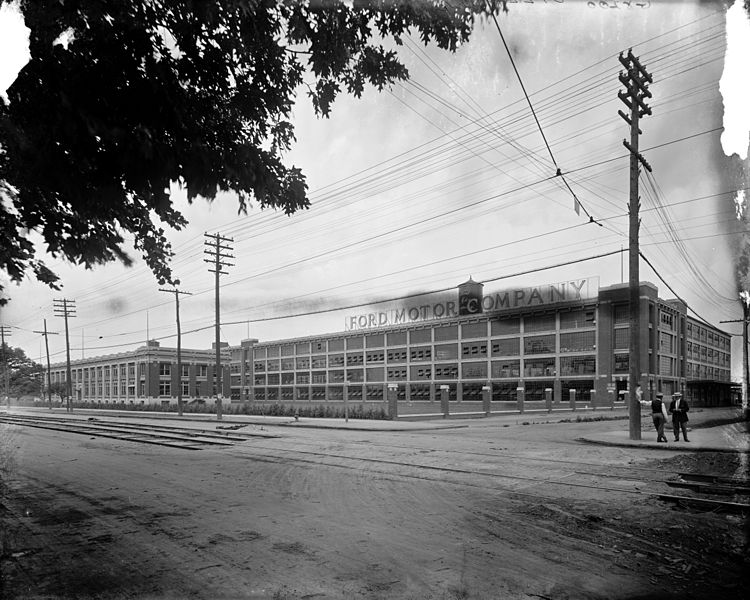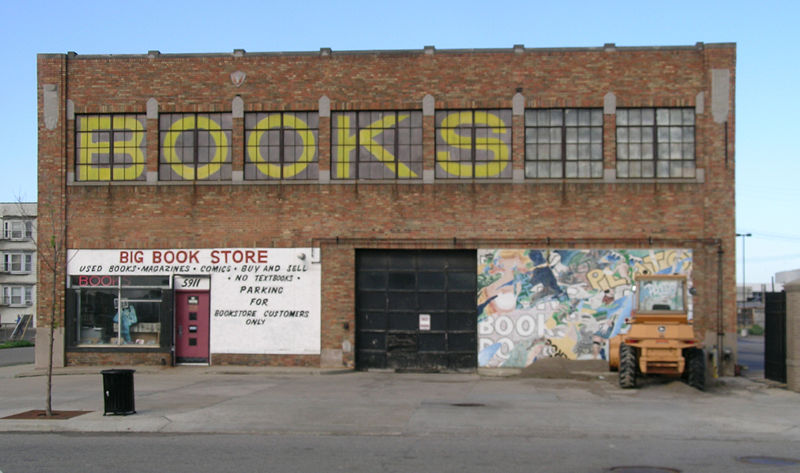Detroit Files for Bankruptcy

On Monday, April 15, 2013, multiple bombs exploded during the Boston Marathon. The bombs went off at 2:50 in the afternoon as runners finished the race. At least three people were killed. One was an eight year old boy. More than 170 people were injured. The first explosion happened on Boylston Street close to the finish line. The second blast came about ten seconds later, 50 to 100 yards away. Another explosion happened during the afternoon at the JFK Library, but officials soon confirmed that incident was not connected. A U.S. government official said that neither the Boston police nor the FBI received any threats of an attack leading up to the marathon. Parents of the 2012 Newtown, Conn., shooting victims were in attendance near the finish line, sitting in the VIP section of the bleachers, but none of them were injured. President Obama said from the White House briefing room, "We still do not know who did this or why, and people shouldn't jump to conclusions before we have all the facts, but make no mistake: We will get to the bottom of this. Any responsible individuals, any responsible groups will feel the full weight of justice." On April 18, 2013, three days after the marathon bombing, the FBI released photos and video of two suspects in the hope that the public could help identify them. "Somebody out there knows these individuals as friends, neighbors, co-workers, or family members. Though it may be difficult, the nation is counting on those with information to come forward and provide it to us," said FBI special agent Richard DesLauriers upon the release of the photos and video. On the same day the images were released, President Obama spoke at the Cathedral of the Holy Cross in Boston's South End. After the service, both the president and First lady Michelle Obama visited those injured in the explosions who were still recovering in the various hospitals throughout Boston. Just hours after the FBI released the images, the two suspects robbed a gas station in Central Square then shot and killed a MIT police officer in his car. Afterwards, the two men carjacked a SUV and told the driver that they had set off the explosions at the marathon. Police pursued the vehicle into Watertown. During the shootout, a MBTA officer was shot and one of the suspects, identified as Tamerlan Tsarnaev, was killed. A suicide vest was found on his body. The other suspect, Dzhokhar A. Tsarnaev, age 19, remained at large for several hours, causing a massive manhunt and lockdown for all of Boston, Cambridge, and many other surrounding communities. The manhunt continued throughout Friday, April 19, 2013, until he was found alive, but seriously injured, hiding in a boat behind a house in Watertown. The two suspects were brothers and had been living together on Norfolk Street in Cambridge. They had lived in the U.S. for about a decade, but were from an area near Chechnya, a region in Russia. On May 1, 2013, three additional arrests were made in connection to the Boston Marathon bombing. Dias Kadyrbayev and Azamat Tazhayakov were arrested and charged with concealing evidence during a federal investigation. Robel K. Phillipos was charged with lying to impede the federal investigation. All three were close friends with Dzhokhar Tsarnaev. If found guilty, Kadyrbayev and Tazhayakov could receive five years in prison. Phillipos could receive eight years. On July 10, 2013, Dzhokhar Tsarnaev made his first public court appearance in Boston. His arraignment was for 30 charges, including four murder charges as well as using and conspiring to use a weapon of mass destruction. He pled not guilty to all charges. Tsarnaev could face the death penalty if convicted. In August 2013, Rolling Stone magazine put Dzhokhar Tsarnaev on its cover with the headline, "The Bomber: How a Popular, Promising Student was Failed by His Family, Fell Into Radical Islam and Became a Monster." The cover story was controversial. Retailers, such as CVS Pharmacy, refused to sell the issue. BJ's Wholesale Club went one step further and announced that it would not sell any future issues of the magazine as well. |









